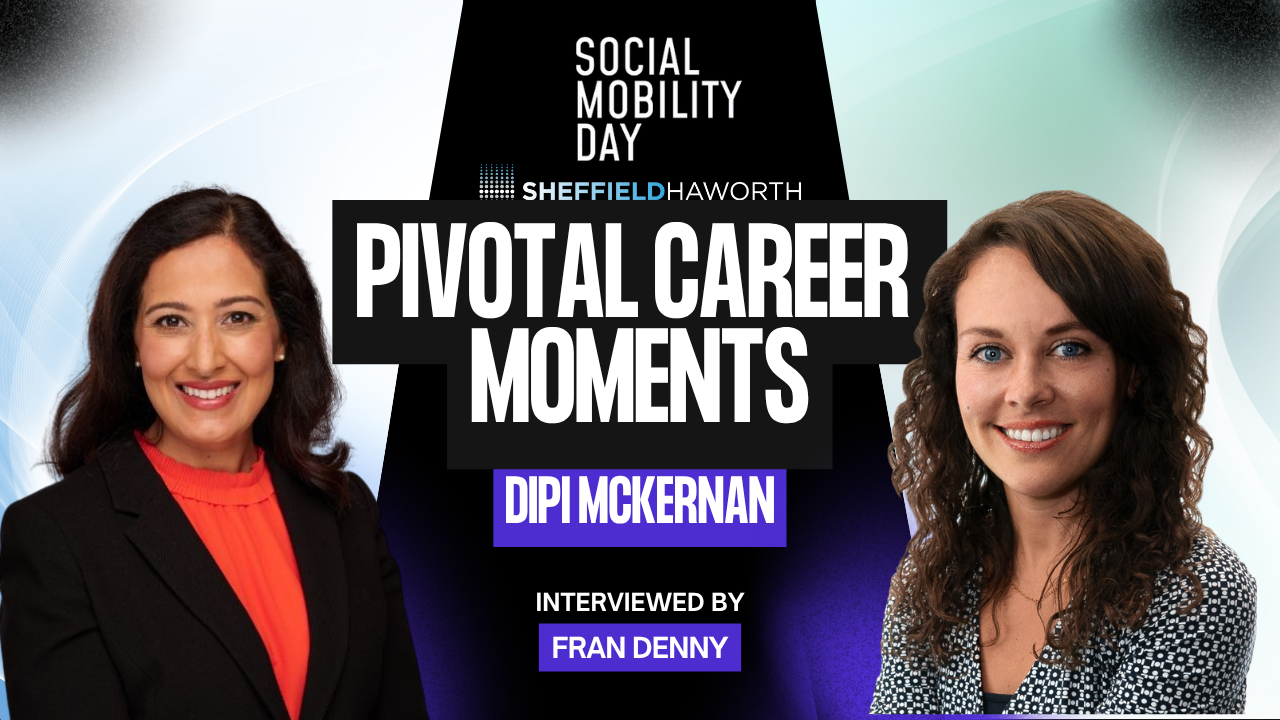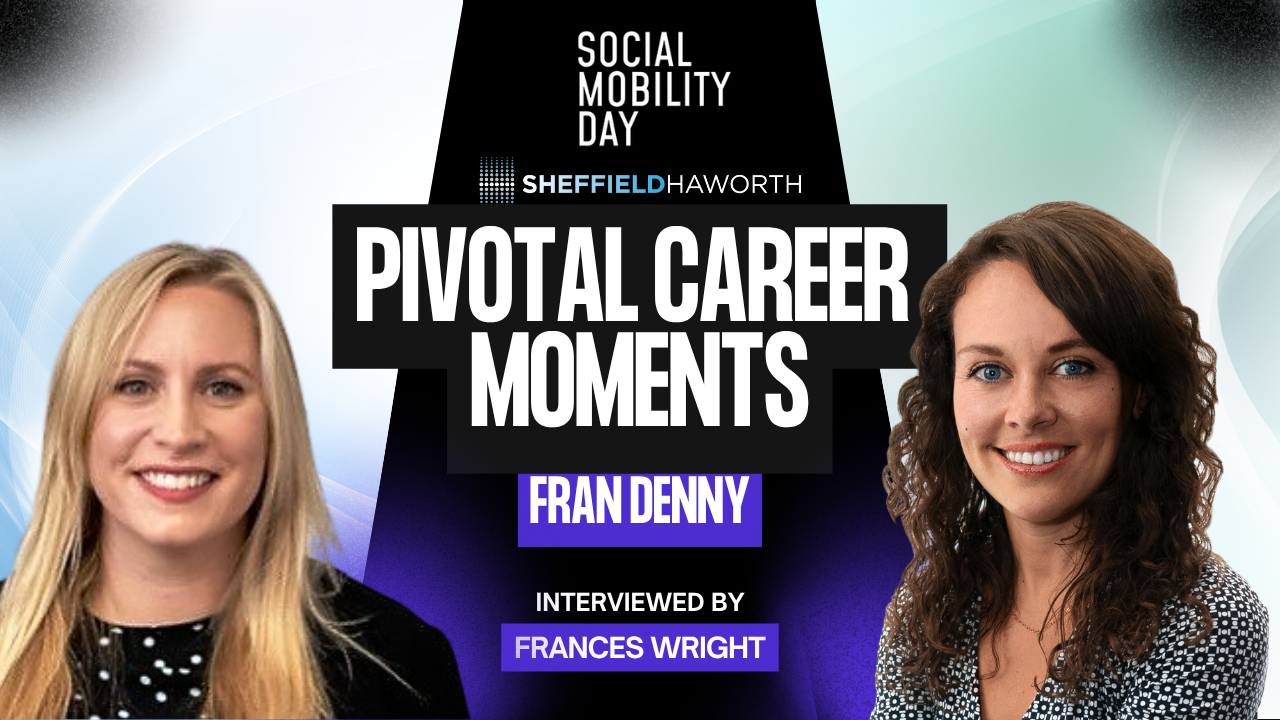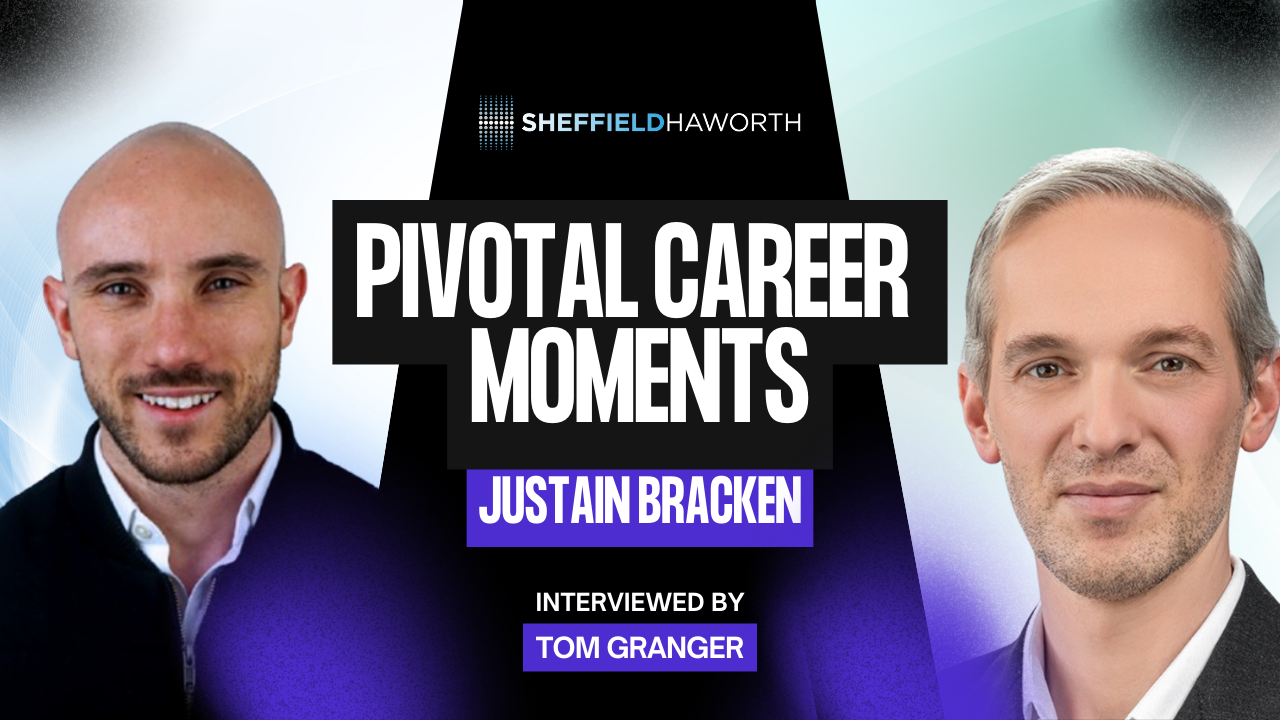Creating an inclusive environment for neurodiversity will soon become a regulatory priority in the UK. Is your organisation ready for this change?
A few years ago, I interviewed someone who had been in the position of chief actuary. He had been dismissed from his role after reacting emotionally to constant negative feedback on his performance. Among other reasons cited, he was told he was “not participating” in meetings and only spoke at the end. He was told he was “disengaged” and “not committed”. This led to him having an emotional outburst, which was also criticised. He was eventually let go following a later autism diagnosis.
This is just one very real example of the struggles that neurodiverse people face in the workplace. It is estimated that between 15% and 20% of the world’s population is neurodiverse. That’s anywhere from one in seven to one in five people.
Research by the University of Montreal shows that people with autism are 40% better at problem-solving than the non neuro-diverse. Neurodiverse employees could “increase the productivity of a company by nearly as much as 50%”, according to the Institute of Management Services. JPMorgan Chase has even reported that professionals in its Autism at Work initiative made fewer errors and were 90% to 140% more productive than neurotypical employees.
Yet despite how common neurodiversity is and how productive neurodiverse employees can be in the right environment, only 22% of neurodiverse people in the UK are in any form of employment. According to the National Autistic Society: “This is a shocking figure, which is even lower than previously suggested in surveys our charity has run.”
The Financial Conduct Authority will make neurodiversity a key priority later this year
In light of these statistics, I was very pleased to attend a webinar on the 5th April featuring Georgina Philippou of the Financial Conduct Authority (FCA) on the subject of promoting diversity and inclusion in UK financial services. In this webinar, Ms Philippou indicated that the FCA was taking the underrepresentation of neurodiversity very seriously and would make it an explicit part of their D&I efforts.
This is a significant step. Not only are the neurodiverse even more under-represented than other forms of diversity such as gender, ethnicity, sexual orientation, and so on, but in last year’s joint discussion paper on D&I from the FCA, PRA, and the Bank of England, neurodiversity was not mentioned once. This is a point my colleague Ben Johnson actually highlighted in his analysis of that discussion paper here.[GP1] [DS2]
The FCA is issuing a consultation paper on D&I this summer, so they will consult with financial services businesses in financial services on how to take things forward. The reason why it’s a consultation paper, she explained, is because the FCA realises that they are not diverse themselves, making it even more important to solicit a truly diverse range of views.
Following the FCA’s usual process, this means that we can expect the regulator to publish a set of D&I proposals or recommendations a few months after the consultation phase is over. This is likely to be at the end of this year or early 2023.
Now is the time to prepare
In short, not only is fostering greater inclusion of neurodiversity a good thing to do to reduce existing prejudices against the neurodiverse in our society. Not only is it potentially hugely beneficial to businesses in terms of increased productivity and enhanced problem-solving capabilities. It will also soon become a regulatory requirement.
However, the challenges to become more inclusive are even greater for neurodiversity than for other under-represented groups, as in many ways the neurodiverse are the least represented and least understood of any group.
Organisations would do well to start looking into making changes now to get a head start, though of course it won’t be easy.
What is neurodiversity?
The first step is to understand what neurodiversity is. This can be tricky because the term encompasses a diverse range of conditions. ADHD (attention deficit hyperactivity disorder), dyslexia, dyspraxia, autism and others are all on the neurodiversity spectrum.
For some handy definitions, check out the following websites:
- Autism defined by the National Autistic Society
- About dyslexia by the British Dyslexia Association
- Dyspraxia defined by the British Dyslexia Association
- ADHD explained by the National Health Service
- A short definition of neurodiversity on Autistic UK
The key thing to remember is that these are a wide range of conditions that, while they share certain characteristics, affect people differently. I’ve had dyslexic colleagues who learn best through stories and metaphor, while the majority of those with autism do not understand metaphor and need to be communicated with in a more literal fashion.
Challenges of neurodiversity for organisations
This leads us to another key point for organisations to remember. It is not as simple as saying you are now going to be more inclusive of the neurodiverse. As an organisation, understanding how different conditions manifest in different people is the first step towards working out what accommodations you might need to make.
The first of these accommodations is to understand that people process information in very different ways – ways which the non-neurodiverse can often mistakenly interpret as lazy or unprofessional in a work context. Think back to the story of the chief actuary with whom I began this article.
Why was he silent during meetings and only contributed at the end? Because it took him longer to take in the information being exchanged during the meeting. He was not able to interject with points during the conversation because he needed to concentrate on what was being said. As we’ve already seen, his employers took that as being uncommunicative and lacking engagement, when in reality the opposite was true!
It is common too for school children on the autism spectrum to need more time during exams to take in the information on an exam paper. If they are given the same time as non-neurodiverse children, they struggle to process the information and suffer as a result.
I even have a colleague now who[GP3] [DS4] , due to his dyslexia, is unable to read the notes he makes during meetings, while the act of writing notes does not help him remember what is being said. Instead, he has to listen very carefully and silently to what is being said. That is the best way for him to remember. Yet many people misinterpret this as laziness or disinterest – simply because it is commonly seen as good practice to be making notes.
So, understanding can help break down these unconscious biases. But beyond that, there is more that organisations must do if they are serious about becoming more inclusive of the neurodiverse.
How to adjust for neurominorities
This article from the British Medical Bulletin gives a great detailed introduction to neurodiversity, as well as exploring the kinds of workplace adjustments that typically benefit the neurodiverse. These adjustments include:
- Redesigning shared workspaces and allowing the use of noise-cancelling headphones to reduced sensory distractions
- Allowing for flexible schedules and working from home to avoid the potential sensory overload of travelling during rush hours
- Allowing additional feedback time with supervisors, and paying even more attention to the clarity of instructions
- Making workstation adjustments to help improve concentration
- Investing in speech-to-text, text-to-speech software to reduce demands on literacy and handwriting skills, again helping to improve concentration
As the BMB article points out, at present there are few reliable studies to prove the effectiveness of these kinds of adjustments, which may be another reason why organisations have been slow to make them – alongside the cost implications.
Now is the time to commit to neurodiversity inclusion
What is clear from these recommendations is that neurodiverse inclusion is a tangible investment of resources and is not something that can be done overnight. It takes real commitment. Yet with the FCA and others making neurodiversity more of a priority in the months and years ahead, making this change will become a necessity rather than a nice-to-have or a competitive advantage.
The sooner organisations start to grapple with these challenges, the sooner they’ll be able to overcome the various obstacles that lie in wait.


















